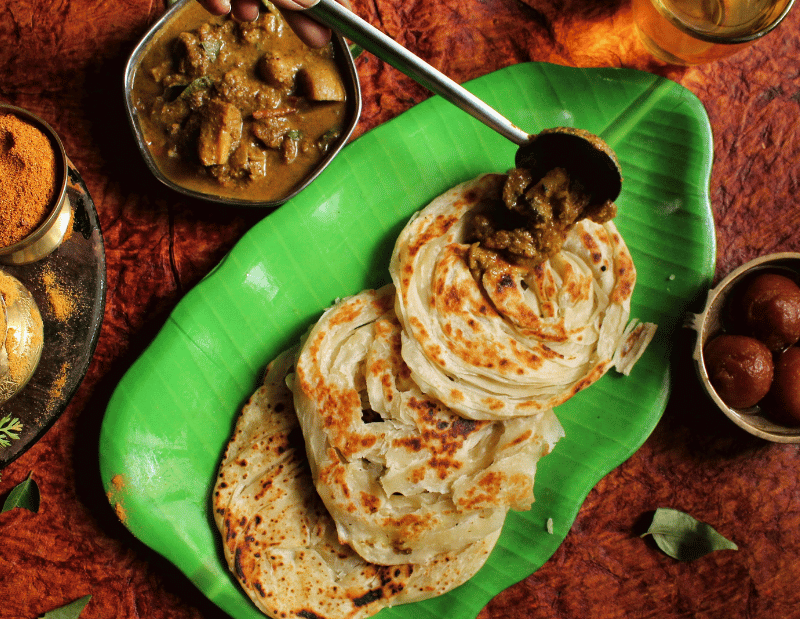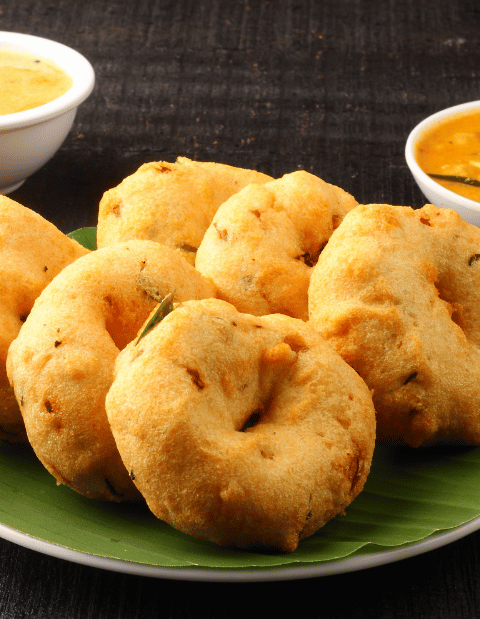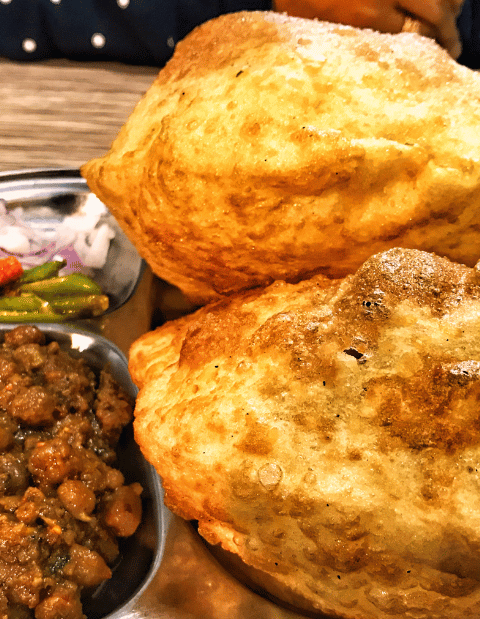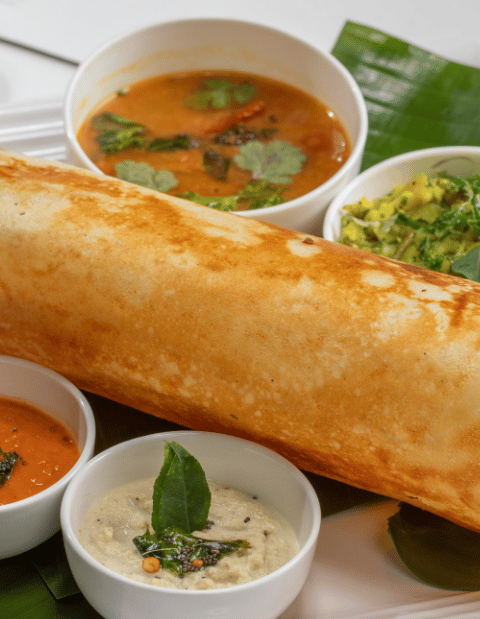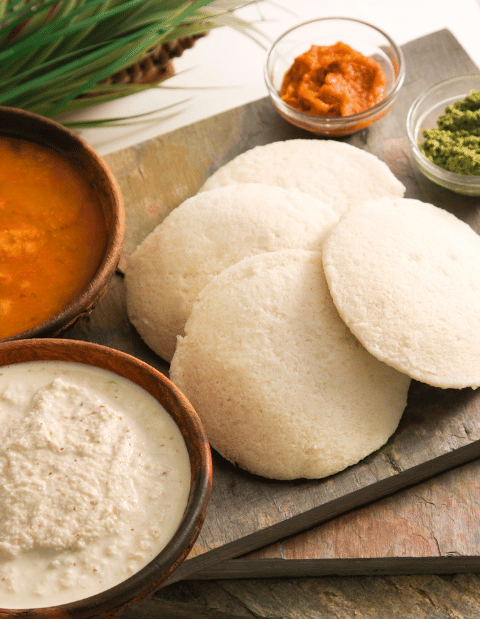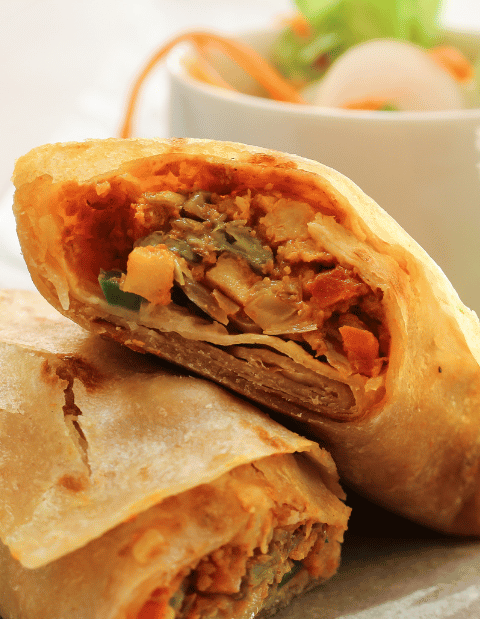Introduction to the World of Parotta
Parotta, a name that resonates with the symphony of flavors and textures, is more than just a dish; it’s a culinary masterpiece. Originating from the Indian subcontinent, this flatbread has transcended borders, winning hearts and tantalizing taste buds globally. It’s not merely food; it’s an experience, a journey through rich cultural landscapes and age-old culinary traditions.
The Historical Roots of Parotta
Tracing back to the roots of Parotta, it’s a story interwoven with history and culture. Born in the South Asian kitchens, Parotta, also known as ‘Barotta’ in some regions, is believed to have originated during the Mughal era. It’s a testament to the rich culinary expertise of the ancient chefs who skillfully combined simple ingredients to create something extraordinarily delicious.
Ingredients: The Foundation of Flavour
The magic of Parotta lies in its simplicity. The primary ingredients include:
- All-purpose flour: The base that gives Parotta its structure.
- Water: For kneading the dough to the right consistency.
- Salt: A pinch to enhance the flavors.
- Oil or Ghee: For a rich, flaky texture.
These ingredients, though few, are pivotal in creating the perfect Parotta, each contributing to its unique taste and texture.
The Art of Making Parotta
The making of Parotta is an art in itself, involving intricate steps:
- Kneading the Dough: The first step involves kneading a soft, pliable dough.
- Resting the Dough: The dough is allowed to rest, making it more manageable.
- Shaping and Layering: The rested dough is rolled, stretched, and folded to create layers.
- Cooking to Perfection: The layered dough is then cooked on a hot griddle until golden brown.
Each step is crucial and performed with precision to ensure the final product is nothing short of perfection.
Varieties of Parotta Across Regions
Parotta is not just a single dish but a category with numerous variations, each region adding its unique twist:
- Kerala Parotta: Known for its flaky, layered texture, a staple in Kerala cuisine.
- Ceylon Parotta: A Sri Lankan twist, often stuffed with spicy fillings.
- Coin Parotta: Small, coin-sized versions popular in Tamil Nadu.
- Malabar Parotta: A variant from the Malabar coast, known for its soft layers.
Each variety offers a different experience, showcasing the diversity and creativity in Parotta making.
Parotta in Modern Culinary Practices
Today, Parotta has found its way into the menus of high-end restaurants and street-side eateries alike. Chefs worldwide are experimenting with this versatile bread, incorporating local flavors and creating fusion dishes that cater to the global palate.
Nutritional Profile of Parotta
While indulgent, it’s essential to understand the nutritional aspect of Parotta:
- Carbohydrates: Being primarily made of flour, it’s a rich source of carbs.
- Fats: The use of oil or ghee adds to the fat content.
- Protein: Limited protein content.
- Dietary Fiber: Low in fiber unless whole wheat flour is used.
Moderation is key when enjoying Parotta, especially for those mindful of their dietary intake.
Pairing Parotta with Accompaniments
Parotta is versatile and pairs beautifully with a range of accompaniments:
- Vegetarian Curries: From rich paneer butter masala to spicy potato curry.
- Non-Vegetarian Dishes: Ideal with chicken curry, mutton korma, or fish curry.
- Chutneys and Pickles: For a simple, yet flavorful meal.
The right combination can elevate the Parotta experience, creating a harmonious blend of flavors.
The Cultural Significance of Parotta
More than a dish, Parotta is a cultural icon. It’s a symbol of festivities, a staple in weddings, and a common sight in every celebration. It brings people together, symbolizing unity and the shared love for good food.
Parotta in the Global Culinary Scene
As the world becomes a global village, Parotta is gaining popularity internationally. Its adaptability to different cuisines and flavors makes it a favorite among food enthusiasts worldwide.
Conclusion: Celebrating the Legacy of Parotta
In conclusion, Parotta is not just a flatbread; it’s a celebration of flavors, a legacy of culinary artistry, and a testament to the rich cultural heritage of its land of origin. Whether you are a food connoisseur or someone exploring new cuisines, Parotta offers an exquisite journey that promises to delight your senses.

